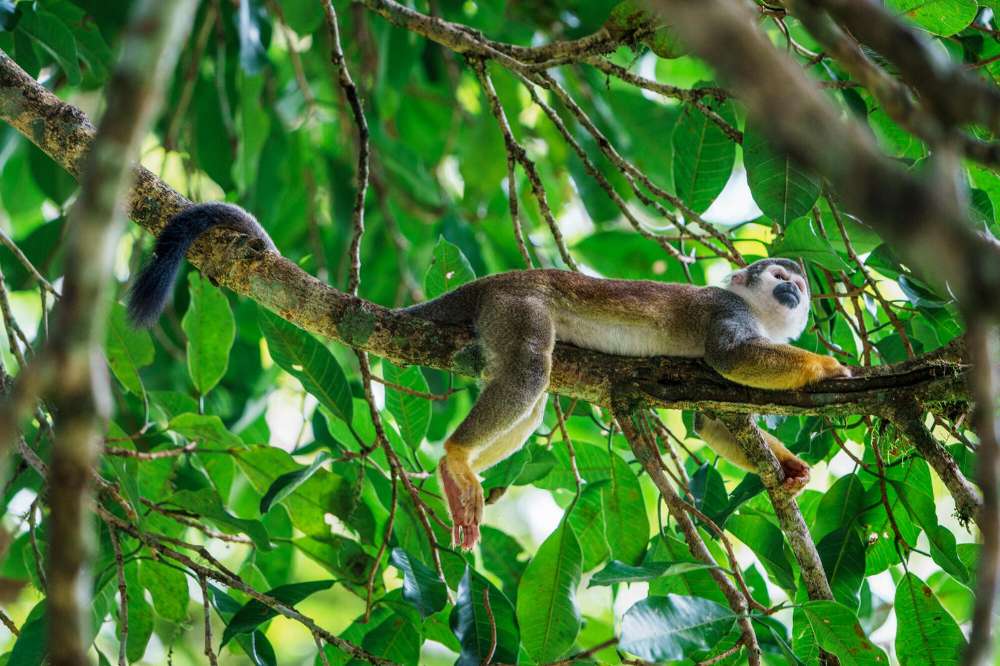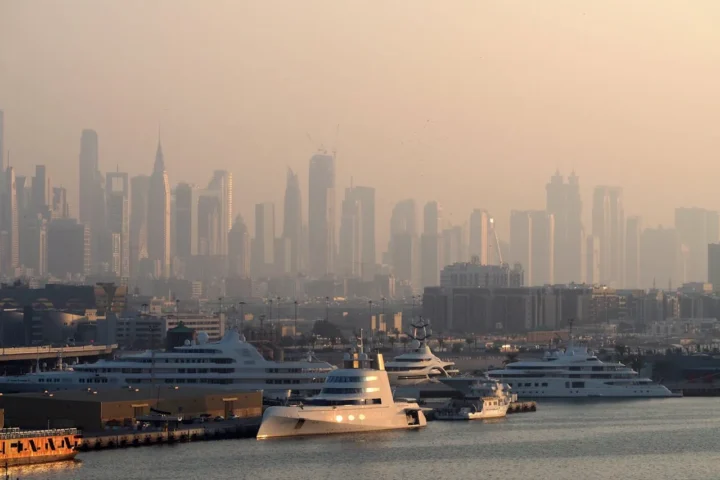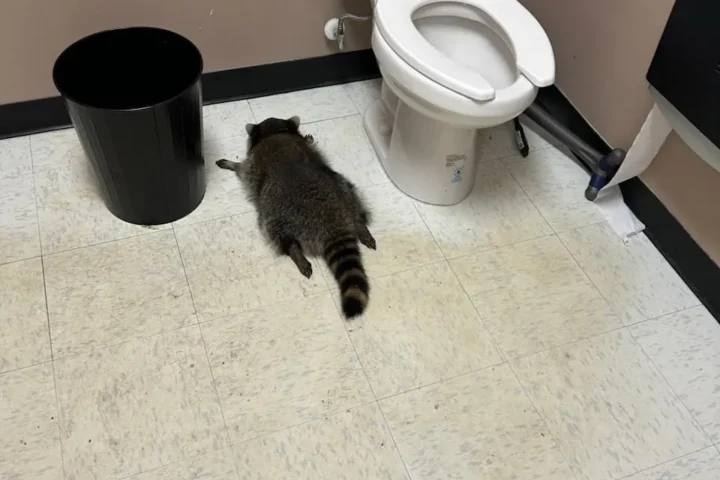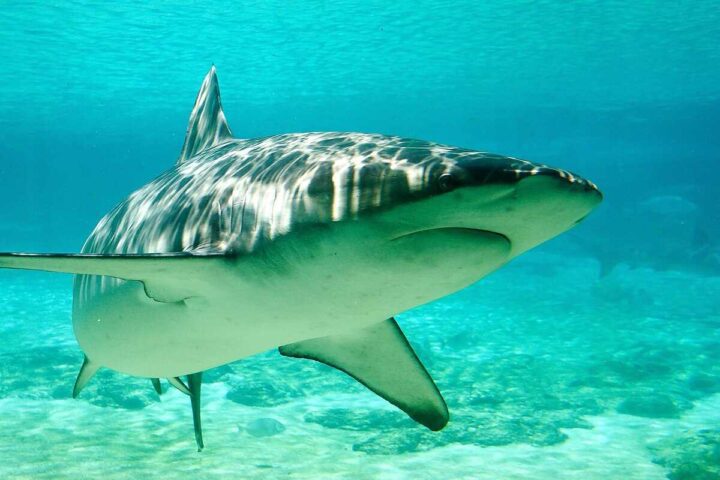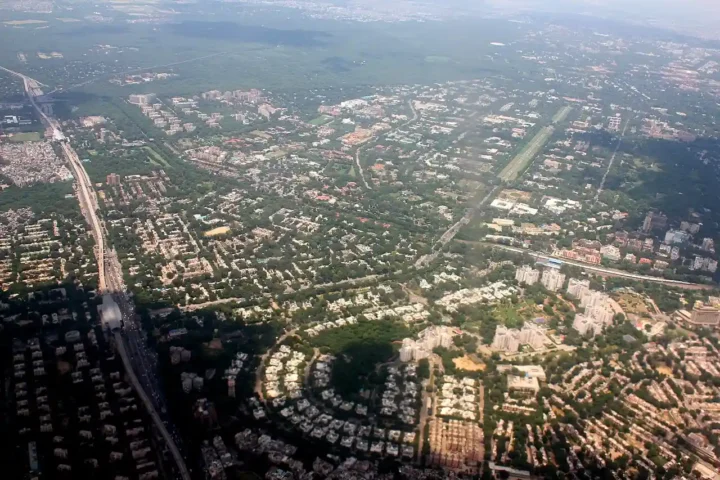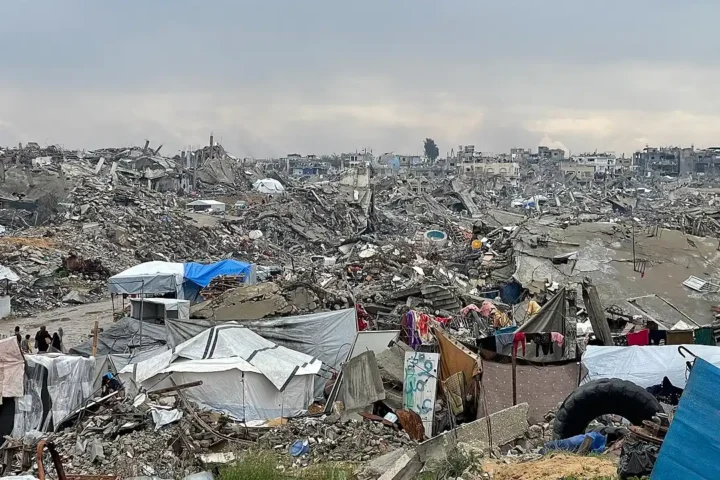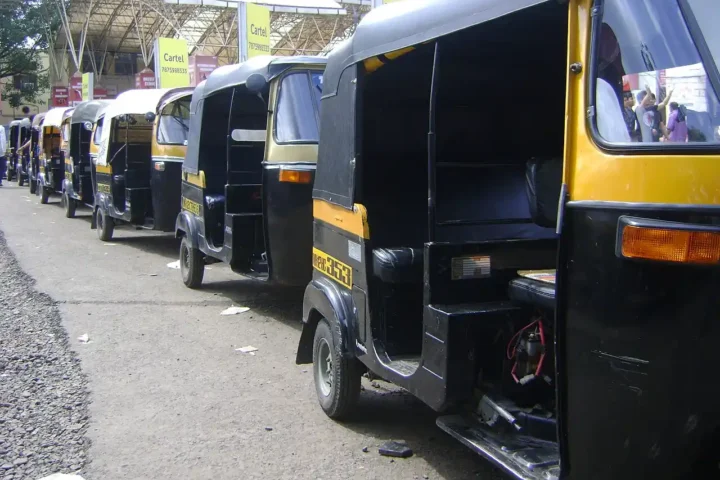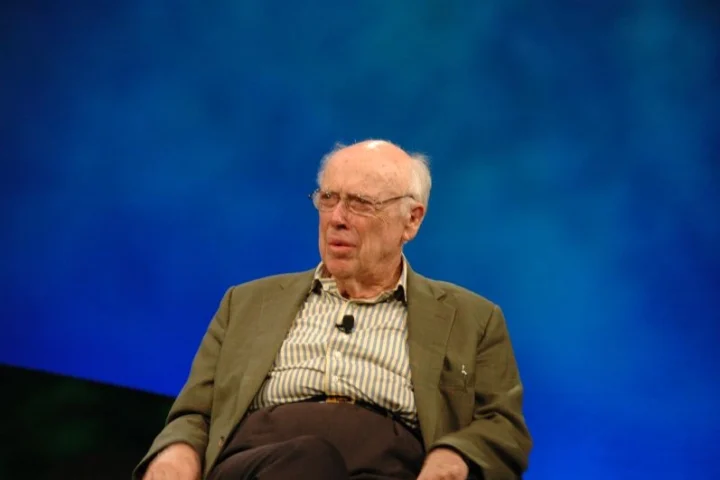Ecuador has built a vital natural bridge between mountains and rainforest. The new Palora-Pastaza Connectivity Corridor links the high Andes with the Amazon jungle, creating a safe pathway for animals threatened by climate change. This protected area covers 316,000 hectares (781,000 acres) – about the size of Rhode Island – making it Ecuador’s largest Amazon corridor. It connects Sangay National Park with lands owned by Indigenous peoples.
“Rising temperatures and forest cutting are squeezing wildlife into smaller areas,” says Joy Woolfson from Conservation International-Ecuador. “These corridors are a lifeline for animals.” The corridor gives jaguars, tapirs, eagles, and bears more room to find food, mates, and new homes as their habitats change. Unlike strict nature reserves that often ban human activities, this corridor allows people and wildlife to coexist through sustainable land use.
Indigenous communities own 84% of the corridor land. Three groups – the Shuar, Achuar, and Kichwa – chose to include their territories in this conservation project. They joined with eight local governments to support the corridor’s creation. “Seeing different nationalities working together makes me happy,” says José Vargas, who leads the Shuar Arutam Forest area. “Unity helps us protect nature.”
Similar Posts
The project began in 2023 as a team effort between Ecuador’s Environment Ministry, Indigenous communities, local governments, and international groups like World Wildlife Fund and Conservation International. The corridor will directly help over 2,000 local residents. They’ll receive money and training to develop farming and business practices that protect forests instead of harming them.
Funding for this conservation work comes from an innovative financial deal. Ecuador recently converted $1.53 billion of its international debt into a new arrangement that will generate $460 million for Amazon protection over 17 years. This helps the country save $800 million by 2035 while funding conservation. “This partnership between Ecuador’s government and The Nature Conservancy marks a major achievement for Amazon conservation,” says Galo Medina, who directs TNC’s Ecuador program. “It protects one of Earth’s most diverse regions.”
The corridor represents Ecuador’s smart strategy for conservation. With limited land available for new protected areas, connecting existing reserves maximizes their impact. This helps preserve precious biodiversity while supporting sustainable development for communities who depend on these forests. This project shows how governments, Indigenous peoples, and conservation groups can work together to protect vital ecosystems while respecting the rights and needs of local people. The corridor doesn’t just preserve nature – it creates a path toward a sustainable future for both wildlife and communities.
